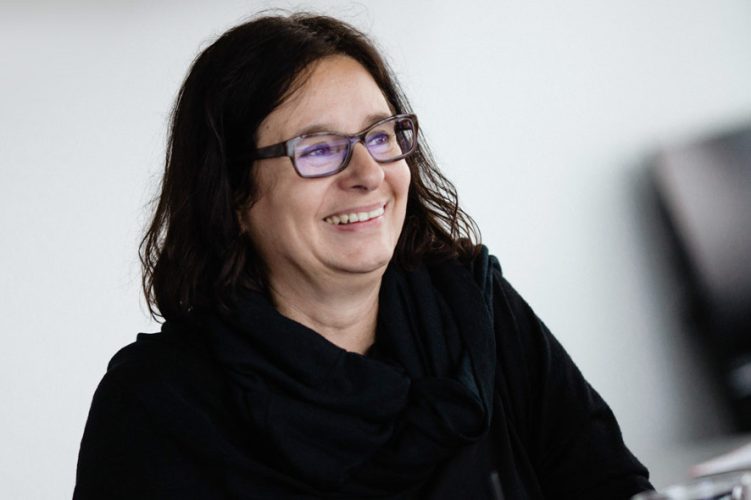
2017
-

Sophie Lamparter: “Designing our future can’t be left up to individuals”
The STARTS Prize awarded by the European Commission spotlights collaboration of science, technology and art. That’s the same approach taken by Sophie Lampartner, director of swissnex San Francisco and one of this year’s STARTS jurors. In this interview, she talks about trends at the nexus of these three domains.
-

Get Inspired
“GET INSPIRED – Promising Projects at the Nexus of Art, Technology and Science” was the theme of a showcase of innovative projects based in Linz and Upper Austria staged yesterday by Ars Electronica in cooperation with a regional association of young businesspeople. Join us for a look back at an inspiring evening.
-

VERTIGO STARTS: Artists Wanted!
Now that the 2017 STARTS Prizes have been selected, the European Commission’s STARTS initiative is launching another attractive program. Artists can now apply for a residency in which they create a new work of art using the technology of the R&D project of their choice. The entry deadline is May 22, 2017.
-
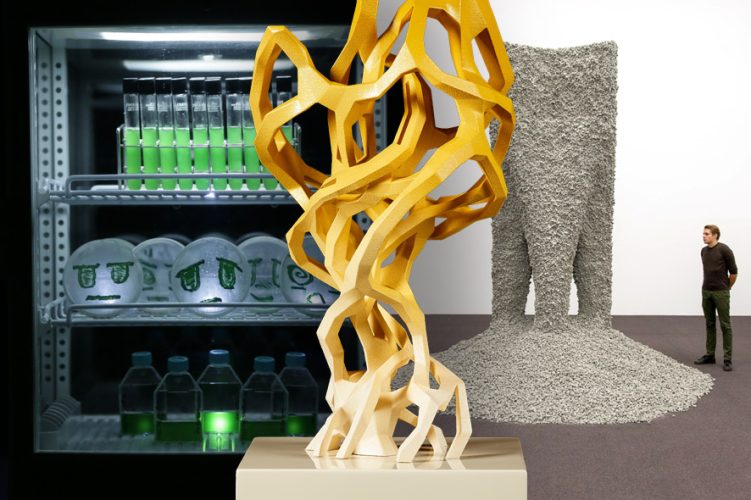
STARTS Prize: The 2017 Prizewinners
This year’s STARTS PRIZE recipients come from Japan and Switzerland. “I’m Humanity” garnered the Grand Prize for Artistic Exploration for Etsuko Yakushimaru; the Grand Prize for Innovative Collaboration goes to Gramazio Kohler Research at ETH–Swiss Federal Institute of Technology in Zurich and the Self-Assembly Lab at MIT for their “Rock Print” installation.
-
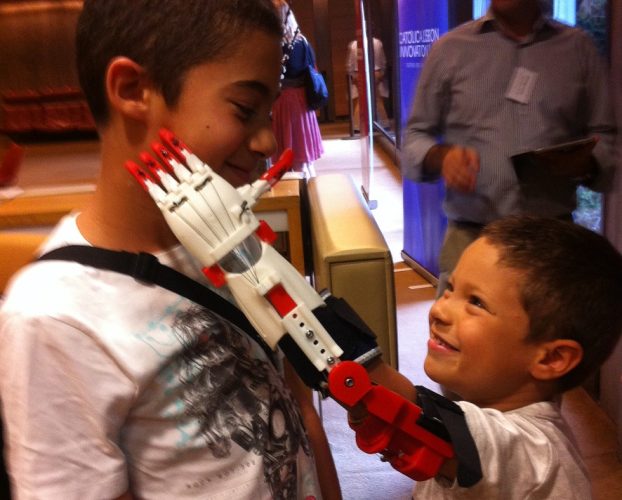
Touching Stories behind the Patient Innovation Platform
The Patient Innovation-platform has brought forward many revolutionary ideas for treating all kinds of diseases. They’ve been developed solely by affected people who as non-experts truly deserve exposure – also at the exhibition “Beyond the Lab: The D.I.Y. Science Revolution” at Ars Electronica Center.
-

Artificial Intelligence – The Other I
September 7-11, 2017, POSTCITY Linz will be the setting of a stimulating, comprehensive confrontation with the reality and the vision of artificial intelligence. We talked to Ars Electronica Artistic Director Gerfried Stocker about this year’s festival theme.
-
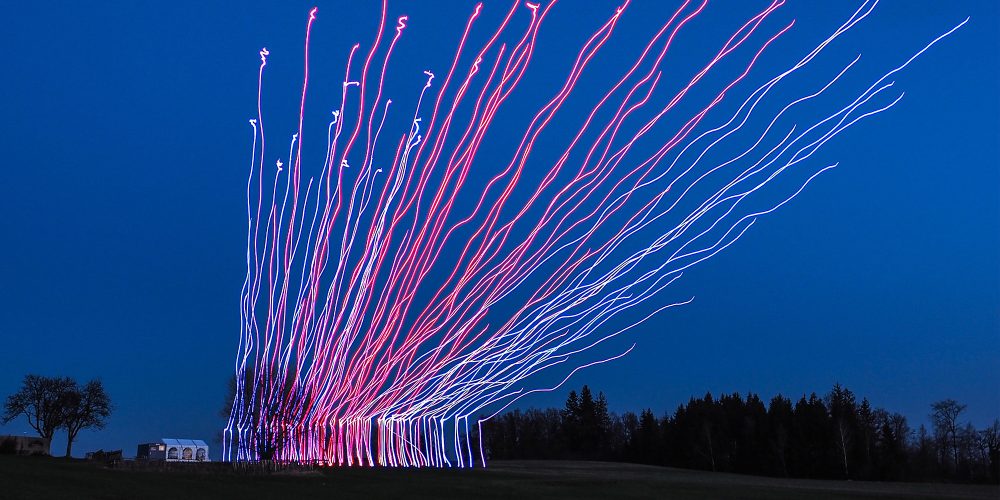
SPAXELS rock in Rio – A test run near Linz
This years edition of the mega rock festival ROCK IN RIO will be the first to wow its audience with an illuminated swarm of drones. But before the Ars Electronica Spaxels® can enchant a one-million-plus of people between September 15th and 24th, a three-day marathon rehearsal was staged in Upper Austria over the last Week…
-

Life Is All about Chemistry
Next Generation JKU is a series of talks designed to give outstanding young scientists on the Faculty of Engineering and Natural Sciences of Johannes Kepler University Linz the opportunity to utilize the extraordinary technologies available in Deep Space 8K at the Ars Electronica Center for an ultra-high-definition presentation of their research.
-
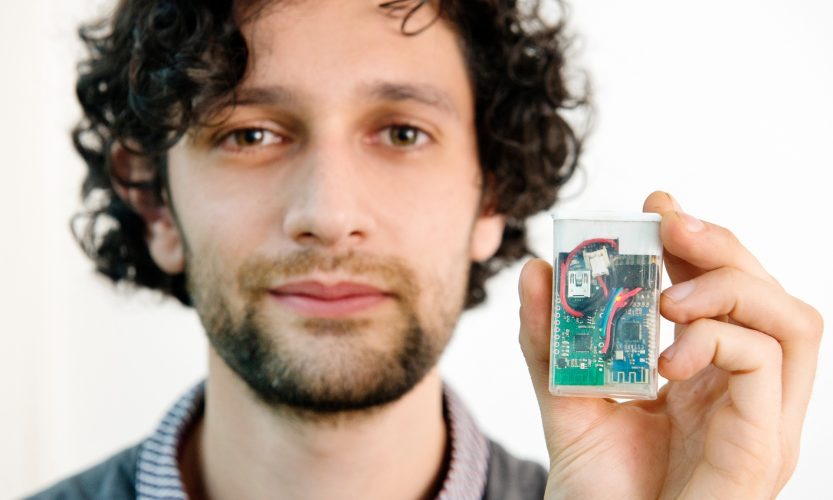
The “TIC TAC-tics” of Timothy Omer Hacking Diabetes
Timothy Omer is a part of the DIY revolution in the healthcare system and also of the SPARKS-initiated exposition “Beyond The Lab”, which is opening at the 29th of March at the Ars Electronica Center. His example of hacking Continuous Glucose Monitoring Systems demonstrates that patients get a grip on their condition.
-

The Artist-in-Residence is Yen Tzu Chang
Yen Tzu Chang (TW) is the recipient of the residency STEAM imaging jointly hosted by the Fraunhofer Institute for Medical Image Computing (MEVIS) and Ars Electronica. The Taiwanese media artist will thus have a unique opportunity to work closely together with the Institute’s research staff.
-

Ghalia Elsrakbi: “Art Is a Collaborative Playground”
Mainstays of media art in general and the Prix Ars Electronica’s Hybrid Art category in particular are hybrid and transdisciplinary projects and approaches. In this interview, juror Ghalia Elsrakbi talks about her take on hybrid art and what she sees as the role art can play in 2017.
-

Emre Erkal: “Art Generates New Venues”
March 13th is the deadline for submitting works of media art for 2017 Prix Ars Electronica prize consideration. In this interview, sound artist Emre Erkal, one of this year’s jurors in the Digital Musics & Sound Art category, talks about sounds, architecture and artificial intelligence.
-

Martina Mara: “More Women in Robotics!”
Even in the 21st century, robotics R&D is still a male domain. On the occasion of International Women’s Day, we discussed this issue with Martina Mara of the Ars Electronica Futurelab. She’s a media psychologist and director of robo-psychology.
-

Réka Bucsi: “I like its playful ways”
Réka Bucsi’s animated short film “Symphony no. 42” got her shortlisted at the 87th Academy Awards. In April, she’ll be one of the 2017 Prix Ars Electronica jurors selecting this year’s Golden Nica recipients.
-

Industrial Robots in the Service of Art
Part 2 of the “Creative Robotics” exhibition series premiered in February. This time, the focus is on robots that have normally been deployed in conjunction with industrial assembly processes but are now increasingly being used as catalysts for innovation in such fields as the graphic arts, design and architecture.
-
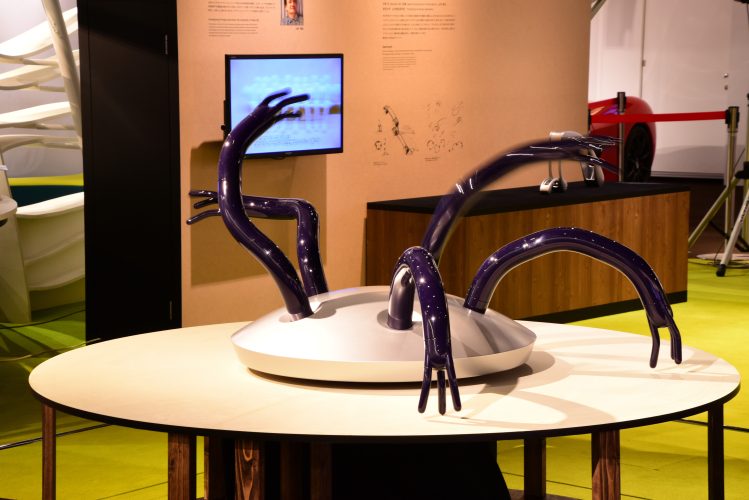
InduSTORY or The Art of Telling Industry Stories
The seventh edition in the “Ars Electronica in the Knowledge Capital” series tells the story of the design of a product from the future to its materialization. Until May 7, 2017, the visitors of the special exhibition in Osaka will look at two approaches of prototypes, which are summarized under the title “InduSTORY”.
-

Waag Society: “Keep questioning what you do”
Collaboration among science, technology and art is urgently needed! Marleen Stikker and Lucas Evers of the Waag Society talk about these three fields’ commonalities and, shortly before the entry deadline, address a last-chance call to motivate artists, engineers and scientists to submit their transdisciplinary projects for 2017 STARTS Prize consideration.
-

Highlight: The Made-to-Order Lamp
It’s elegantly designed and individually customized to suit the space it illuminates. Highlight, Jussi Ängeslevä’s lamp generated via 3-D printer, features a shape that satisfies users’ (lighting) needs.
-

Seeing Data – Understanding Cancer
They’re quoted in some of the most highly respected scientific journals worldwide but in their homeland, Austria, they’re hardly known. So, who are these brilliant young Upper Austrian scientists, and what exactly are they performing research on at Johannes Kepler University in Linz?
-
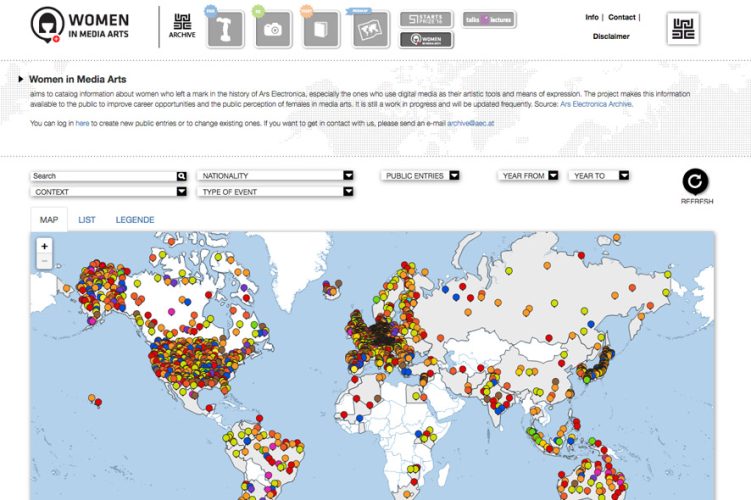
Women in Media Arts
Ars Electronica launched an online database especially for women in media arts in September 2016. Women in Media Arts now makes it possible for users themselves to input information and modify the database’s entries about female artists. Here, project manager Florina Costamoling provides a brief introduction to the database designed to be used by, among…
-

Introducing the 2017 Prix Ars Electronica Jurors
The extended deadline to submit entries for 2017 Prix Ars Electronica prize consideration is March 13th! That’s when the respective international juries take up the task of naming this year’s prizewinners. So, who exactly are these ladies and gentlemen who’ve been appointed arbiters of excellence in media art?
-

Sky Compass: Going Beyond Navigation by the Stars
As Tokyo will be facing the challenge of hosting a huge influx of tourists in 2020, NTT, Japan’s biggest Telecommunication company, and Ars Electronica Futurelab are working on a sky compass to guide the people.
-
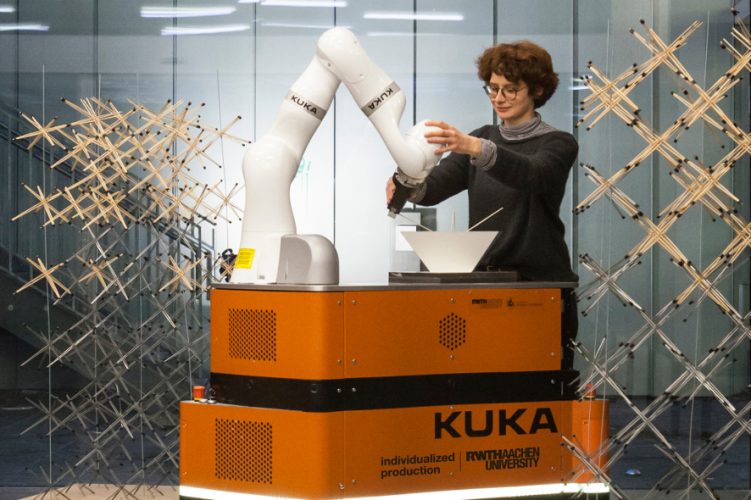
Industrial Robots Move beyond Their Natural Habitat
Robots are increasingly making their presence felt in everyday life. They vacuum our floors and mow our lawns. And hasn’t humankind long dreamed of mechanical helpers that could act autonomously, understand our needs, and perform arduous tasks we gladly dispense with?
-
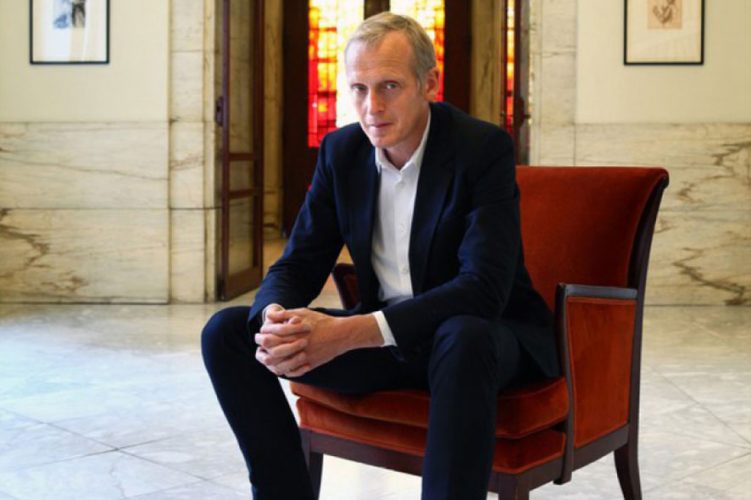
Paul Dujardin: “We need interdisciplinary teams”
In this interview, the artistic director of the Centre for Fine Arts (BOZAR) discusses the artist’s role in this day and age, notes that art also emerges beyond the confines of picture frames, and points out how important it is for disciplines to interconnect.

